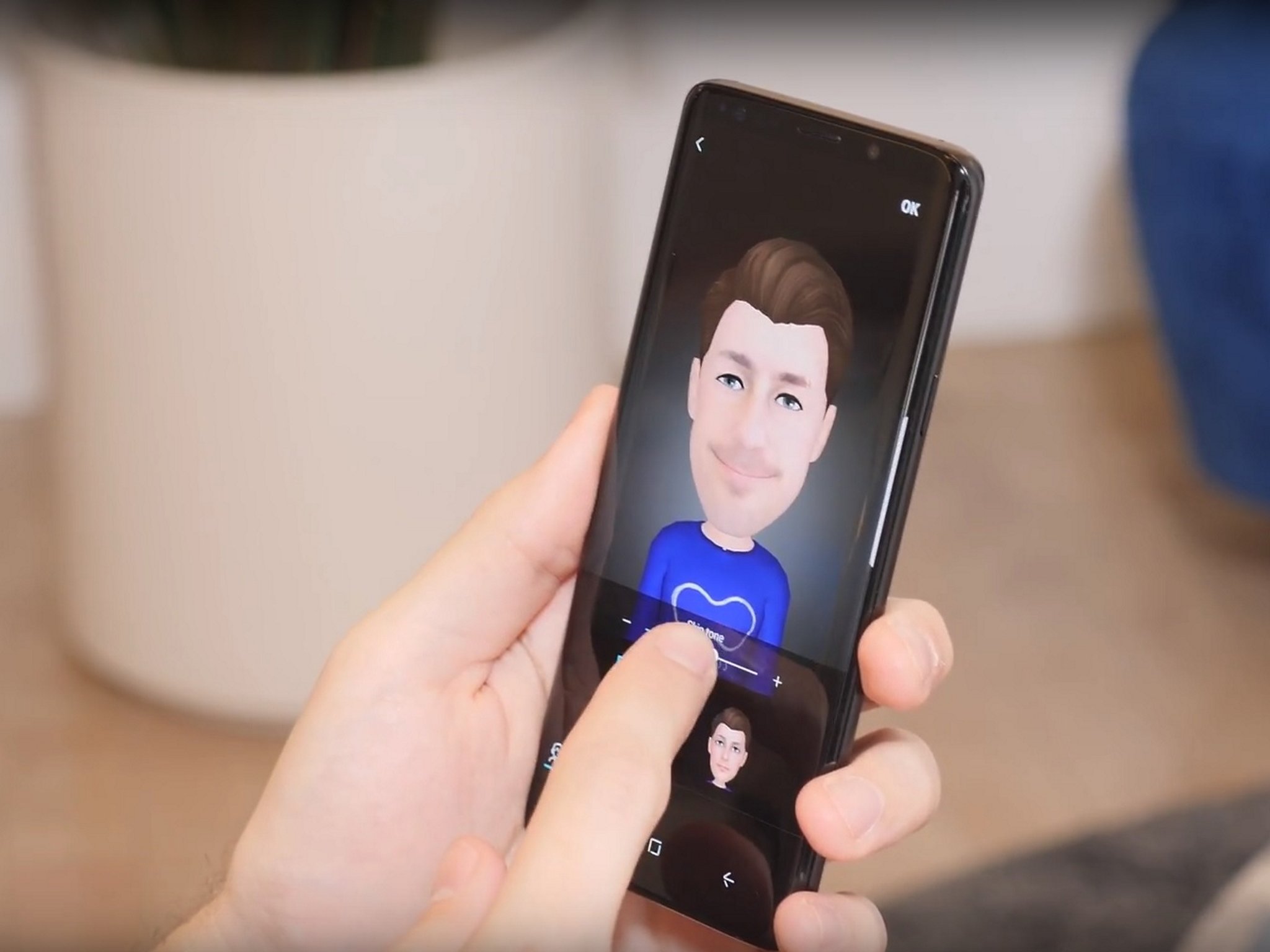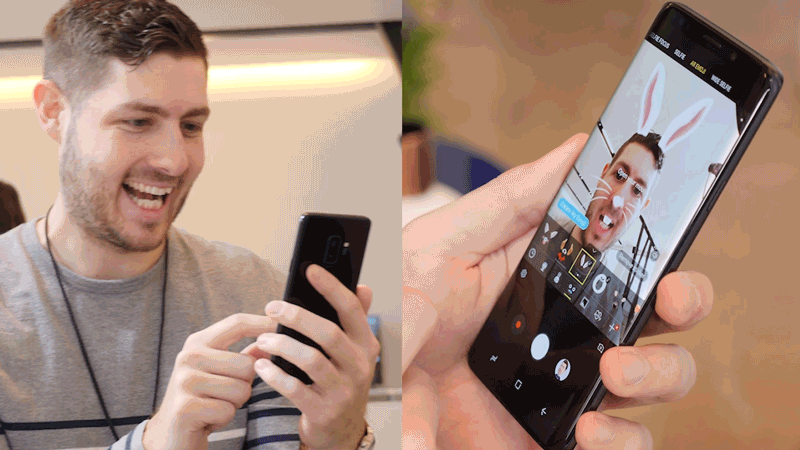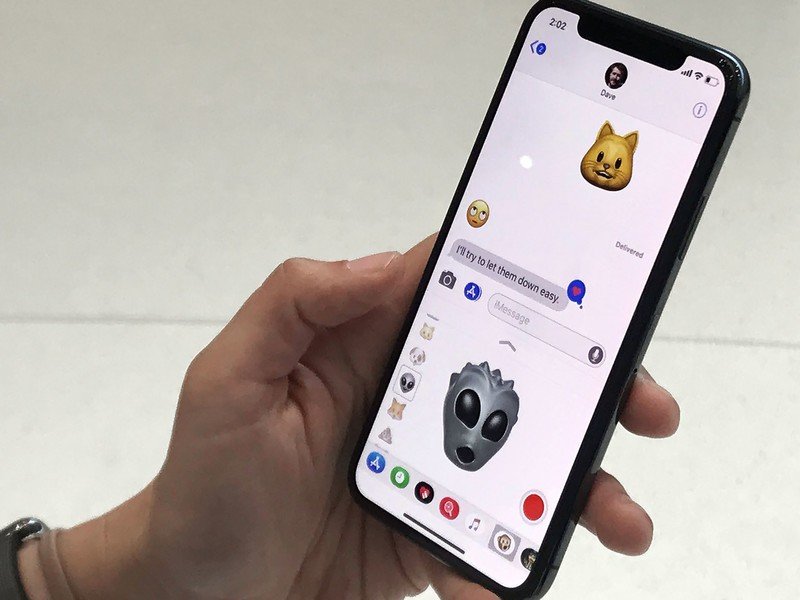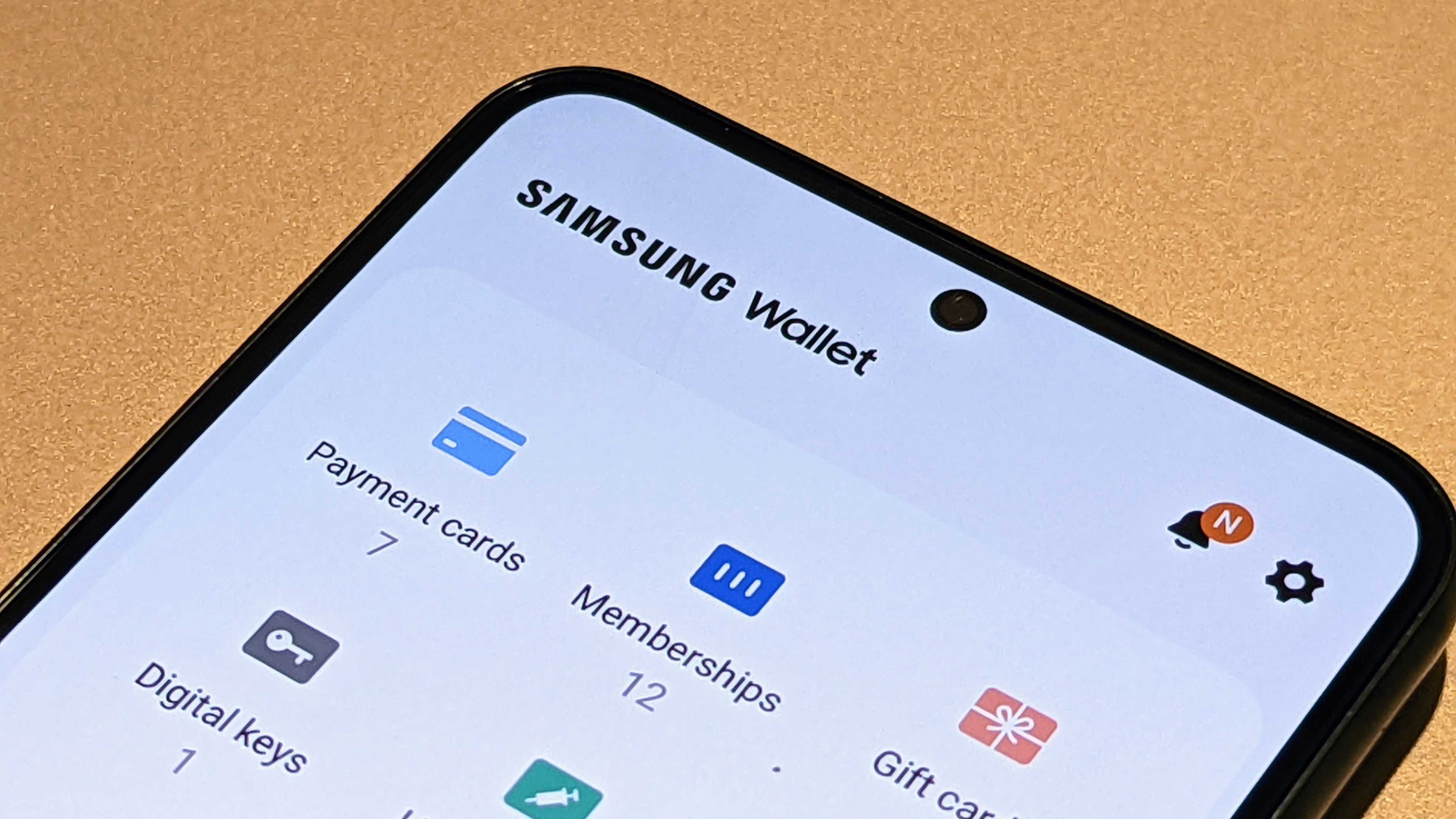Samsung's AR Emoji are better than Animoji in every way but the one that matters

Apple's iPhone X launched with a quirky little emoji thing where you can use your face to animate an emoji message to send to your friends. It's cute, but Samsung's Galaxy S9 is launching with something far more feature complete and accessible. The new AR Emoji feature is going to see adoption rates well over what Apple has seen with Animoji, but there's one huge thing Samsung has done that will have people arguing over which implementation is "better" for quite a while.
The winner right now is clearly Samsung, but there is one important thing Apple is doing better.
Emoji everyone can use

In much the same way Google built AR Stickers into its Pixel Camera app, Samsung has baked AR Emoji right into the camera app for its phones. You can open up your camera, grab an AR Emoji photo or video, and instantly share it anywhere like any other thing you do in the camera app. It's an instant thing you can do anywhere and share with anyone. Because you're using the camera app, you get the flexibility of GIFs or photos or videos with ease.
Meanwhile, Animoji on the iPhone X is locked to Messages. You can only record Animoji from within the Messages app, and then you have to export the video from a message so you can upload the file to whatever service you want to use. It's frustrating, to say the least, and not something a ton of people are going to want to do. It's also entirely video, no other options are available.
Apple's commercials for Animoji are fun, but Samsung's implementation is a great deal more accessible.
Personalized and customizable
When you use AR Emoji for the first time, the app scans your face and creates a character for you based on your actual facial features. The end result is like an instant, personal Bitmoji that can smile when you smile and be just as excited as you are. You can even put your character in costumes, creating a unique look. You can save multiple people's faces as AR Emoji for you to mess with, and if you'd rather not use a human face you can choose from a selection of cartoonish characters as well.
Animoji on the iPhone X is not at all personal or customizable. You're limited to a handful of admittedly adorable emoji-style characters, but you can't do anything to alter their appearance. Apple has added additional Animoji over time, but the characters themselves are locked to the aesthetic Apple created.
Be an expert in 5 minutes
Get the latest news from Android Central, your trusted companion in the world of Android
Even if you're not excited about personalization, Samsung has done quite a bit here to let you have some fun with its creation that Apple is nowhere near implementing.
Accuracy and tracking

While both the Galaxy S9 and the iPhone X offer a face tracking system, only one of these companies uses that technology in its animated emoji offerings. As much fun as AR Emoji are, it's clear Apple's Animoji do a better job tracking your face and providing lifelike expressions.
Apple's implementation uses the Face ID sensor on the iPhone X to get a map of your face before you start recording Animoji, and then uses the camera to do the rest. The Galaxy S9 lacks the dot projection facial scan Apple uses, which means the movement is less detailed and occasionally inaccurate. In fact, the AR Emoji system works almost exactly the same way Animoji work if you cover up the Face ID sensor on the iPhone X before starting Animoji.
Is this a deal-breaker when using AR Emoji? Not at all, but it's interesting to see where these companies placed priorities. Apple's implementation is a little more polished, but extremely limited. Samsung's AR Emoji are not only a great deal more fun to use, but very easy for everyone to use everywhere. It couldn't be more clear which is more likely to be seen everywhere, so be prepared for the wave of AR Emoji headed to everywhere later this year!

